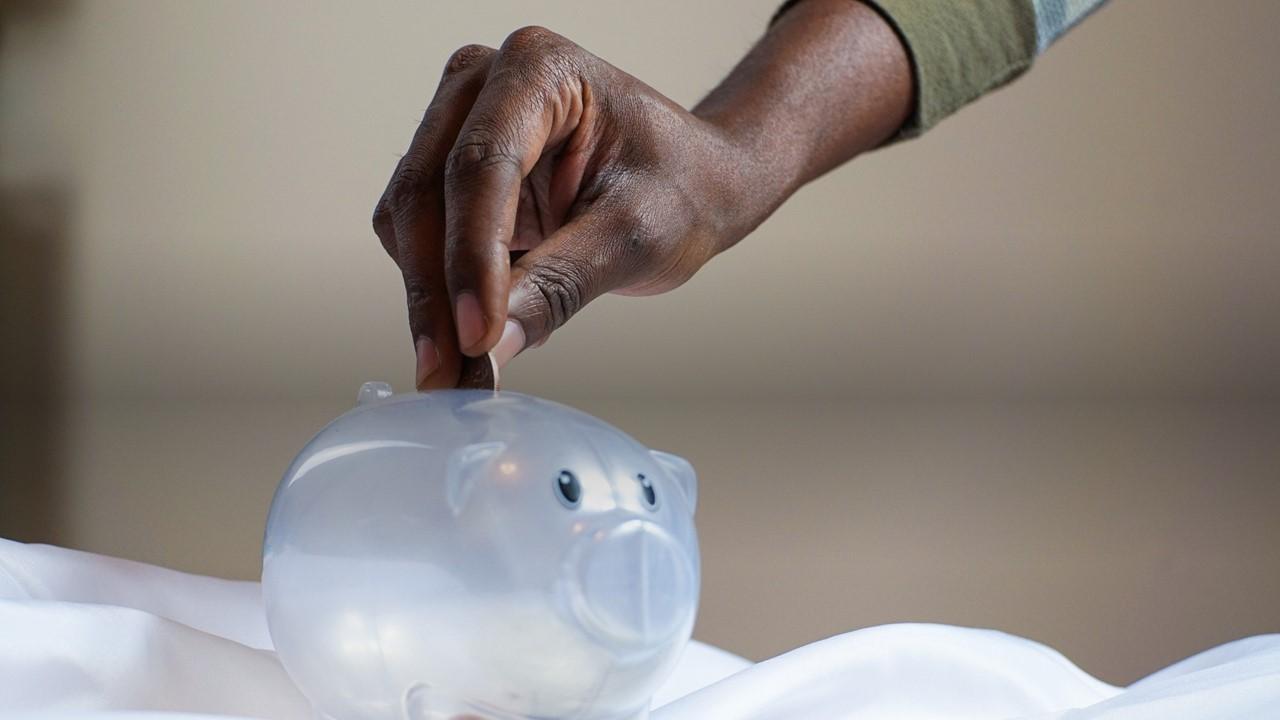How to Build an Emergency Fund, Especially in a Rocky Economy
As a rocky economy eats into our wallets, your emergency fund may need to change, too. How much cash should you keep in your emergency fund?
Oct. 6 2022, Published 2:24 p.m. ET
As a rocky economy eats into our wallets, the safety net of an emergency fund may not seem quite so…safe. Does inflation mean you should put more money in your emergency savings, and what’s the total amount of cash on hand you should have?
If saving feels difficult or you just need some direction, here are some tips to help you determine how cushiony your emergency cushion should be.
Clarify your needs before setting your emergency fund value.
Before you figure out how much money should be in your emergency fund, you need to clarify how much money you need to live on. There are a few questions you can ask yourself to better get a vibe of what your safety net should look like:
How much money do you spend on necessities each month? This will inform the absolute bare minimum you need to pad your emergency fund with.
How much extra money do you spend on wants (not needs) each month? This can be a secondary savings goal so you can still live comfortably even if an emergency occurs.
Does your income vary month to month? If yes, you may want to increase your emergency fund savings. We’ll dig into how that will look below.
Is there a possibility that your job or industry will be at risk in a potential recession? If yes, that’s another instance you may want to inflate your emergency fund.
How many months should an emergency fund typically cover?
The general consensus among financial experts tends to be that you should save 3–6 months worth of living expenses in an emergency fund.
Like we mentioned earlier, the dollars you need to save for one month of living expenses vary depending on your own unique living expenses. However, once you figure that out, you can multiply it by the number of months you want to save.
If you’re just starting out in your saving journey, don’t be afraid to start small. One month is better than nothing. Set a goal for yourself and budget to make it happen over time.
If you answered yes to the questions about having a variable income or an at-risk job, you may want to add another 3–6 months of living expenses to your emergency fund. The risk of having a few months that produce low income or being unemployed for an extended period of time may mean you want to save additional money.
Does the traditional emergency fund standard hold up in a recession?
If we are, in fact, in or headed for a recession, the traditional notion of an emergency fund may not hold water. Financially preparing for a recession makes sense, but it’s difficult to do when inflation and high interest rates are biting into your cash reserves. Putting your cash in a high-yield savings account, money market fund, or another place that keeps your money liquid ensures you can weather those recession blues a little bit better.
Naturally, saving more in economic uncertainty is easier said than done, particularly for the majority of Americans (61 percent) who live paycheck to paycheck — yes, even those earning high incomes.


